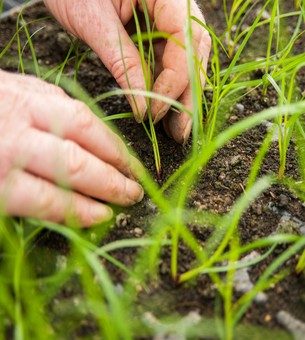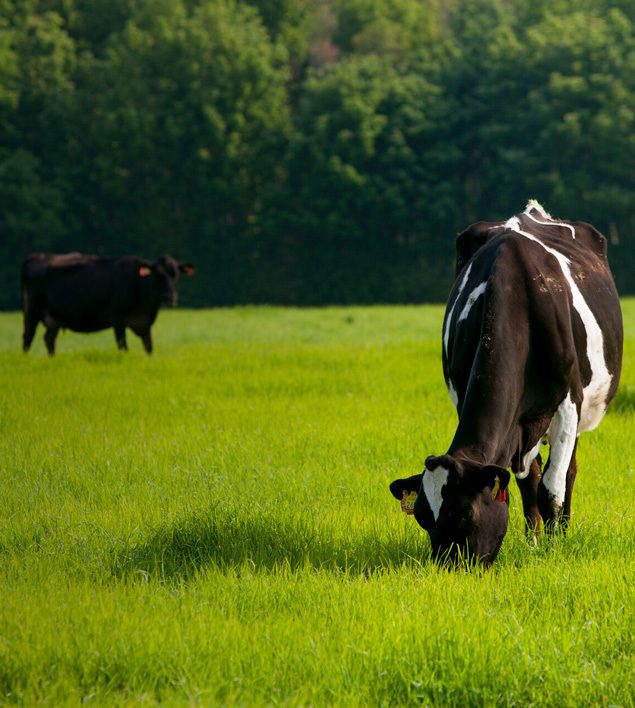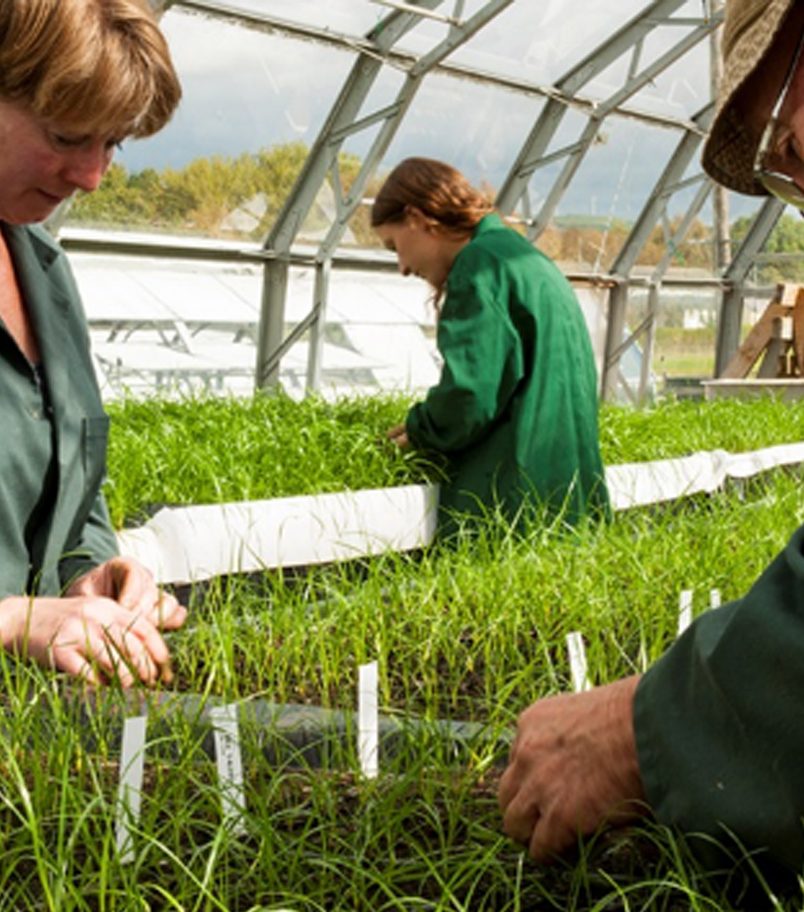With this spring’s variable weather conditions, you might be seeing additional pressure on forage supplies. Brassicas could provide the solution, offering flexibility and versatility to help plug any shortfalls. From quick-growing summer sown hybrid brassicas to full season kale, there is an option suitable for most systems.
Fill summer gaps
If April’s dry conditions have left you thinking you might be short of forage in the coming months, a fast-growing brassica, such as Appin Turnip, could fill a summer gap in supply.
The grazing turnip, Appin, is quick to establish and can provide a grazeable crop in just six weeks. It gives a great short-term boost but can also sustain multiple grazings if sown well, providing forage later into the summer and autumn.
Extend autumn grazing
If you’re looking to extend the grazing season further into autumn and early winter, hybrid brassicas such as Redstart or Swift are ideal. Although it can be 10-12 weeks before they are ready to graze, both can provide multiple grazings if drilled correctly. Extending grazing later into the autumn can help bring down winter housing costs and reduce the pressure on conserved stocks or bought-in feed.
When last October’s poor weather slowed up grass growth, Farmers Weekly Grassland Manager of the Year, Sam Chesney, put his heifers on Redstart earlier than usual but was impressed with the results. “It wasn’t ideal timing, but the Redstart did really well at 13.1tDM/ha and the heifers came in looking better than the bulls!”
Use as a break crop
Brassicas also make an effective break crop between grass reseeds. Establishing a brassica crop before reseeding helps disrupt the lifecycle of pests most likely to damage to newly-established leys thereby increasing the chances of a reseed being successful.
“The Redstart had a direct feed benefit and helped maintain the herd’s milk from forage performance, but it also proved to be a useful break crop and improved the soil condition of the old grass ley into which the brassica mix had been drilled.” Tom Mansell, dairy farmer, Cheshire
Plan ahead
Although brassicas can provide a short-term solution, it is still worth planning ahead to make the most of what they have to offer and ensure they fit well with your system.
Planning and selecting the right site for brassica crops is also central to their success and achieving the best possible results. The ideal location for a brassica is a field where grass production is declining and where a break crop could be beneficial. There should be good airflow to allow rapid drying and no steep slopes. If you are planning to out-winter on brassicas, heavier soil types and proximity to watercourses should be avoided. To minimise disease risk, it should be at least five years since the last brassica crop was grown on the same site.
Find our more brassicas: Brassicas Growers Guide



